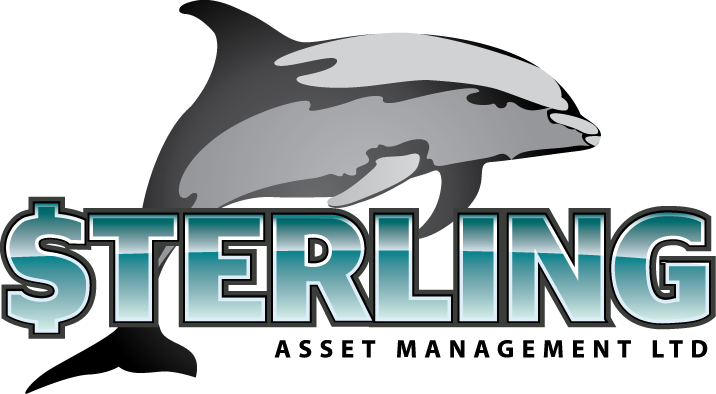The buying and selling of bonds can be a very simple and straightforward process, but there are a few features that must be understood regarding the calculations.
Face Value:
The face value of the bond can be considered the “principal” value of the loan. It is what the issuer will repay you at maturity and Interest payments are calculated on this amount.
Bond prices are expressed as a premium or discount to 100.
An investor can pay more or less than the face value. It all depends on the price. Bond prices are usually expressed as a premium or discount to 100. “100” is the price the issuer will repay you at maturity. It is frequently referred to as “par”. A bond trading at 110, is trading at a 10% premium to “par”. A bond trading at 90 is trading at a 10% discount to “par”. Why would someone pay a premium or how can someone enjoy a discount? We’ll address that here. For now – the important concept is that the price of a bond is expressed as a figure that must be divided by 100.
Payment for Bond = Face Value * Price + Interest
An interesting feature of the way in which bonds are traded is the requirement that the purchaser of a bond must pay the cost of the face value of the bond, plus the accrued interest on the bond at the time of settlement. When a bond is issued, the dates on which interest payments will be made are also fixed, with the most common interval for coupon payments being semi-annual or twice per year. Now, although the bonds can be bought and sold at any time, interest will only be paid on the fixed dates and the payment will be made to the individual who owns the bonds at that date. Therefore the only way that someone selling a bond in between the coupon dates can be assured of collecting his interest is for the person to whom he is selling his bonds to pay him for the interest that has accrued on his bonds between the last interest payment date and the date on which he sells his bonds. Since both the interest rate on the bonds and the dates on which interest is paid are fixed, this is a fairly easy computation to make.
A sample transaction
The structure of a typical transaction is best illustrated by a simple example. Keep in mind that most global bonds accrue interest based on a 360-day year, made up of twelve 30-day months. Now, suppose you wish to purchase US$100,000 Face Value of a bond that has a coupon of 10% per annum paid semi-annually. The price of the bond is 110 and the settlement date is exactly 3 months since the last coupon payment date. The total transaction cost would be calculated as follows:
Cost of bonds = Face Value x Price/100
= $100,000 x 1.10 = $110,000
Accrued interest = Face Value x coupon x 90/360
= $100,000 x 10% x 0.25 = $ 2,500
Total transaction cost = $112,500
At the next coupon payment date, the purchaser of the bonds would receive US$5,000 as his interest payment, thus recovering the accrued interest that he paid out, plus the interest that he has earned since he purchased the bonds.
As with any trading activity that is conducted through brokers, there are commissions that are charged for the execution of the purchase and sale of global bonds. However, these are usually quite small and are usually built into the price of the bond that is quoted by the broker. For example, in the illustration above, the broker handling the transaction would have his commission built into the price of 110, which the client would pay for the bonds. There would therefore be no additional charge for the broker’s services.
Buying Guide
Global bonds can be purchased in quite small denominations, with the exact minimum depending on the issuer and the terms of the specific bond that is being purchased. However, in practice, transactions that are smaller than about US$10,000, tend to be a bit more vulnerable to the vagaries of the market and may attract higher prices on the “buy” side of the transaction and lower prices on the “sell” side. It is also a bit more difficult to attract buyers for lots of bonds below that are smaller than this amount.
Charles Ross is Managing Director of Sterling Asset Management Ltd.
Originally Published 2003
*Now revised to T+2
